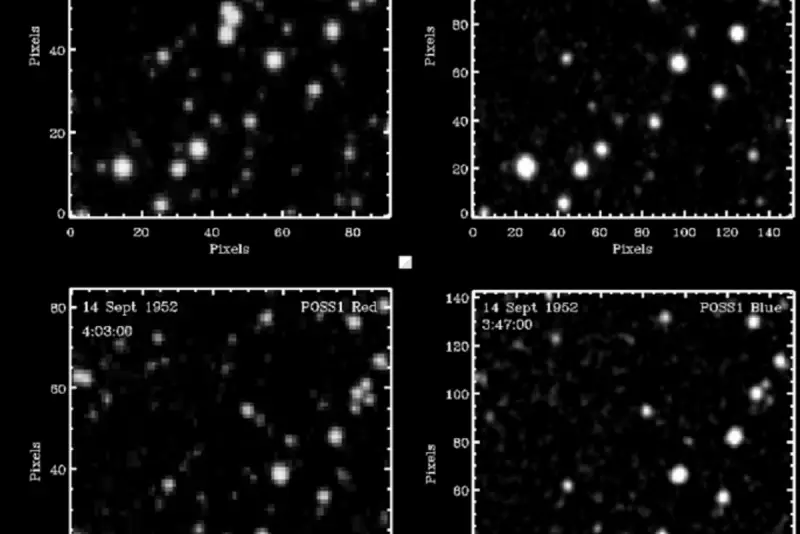
For over half a century, a mysterious space incident from the 1950s has remained one of Britain's most perplexing aerial mysteries. Now, recently uncovered documents are shedding new light on this baffling case that once had scientists and military officials scratching their heads.
The Night That Baffled Experts
During the height of the Cold War, an unidentified object streaking across British skies created a wave of confusion and speculation. Witnesses reported seeing strange lights and unusual aerial movements that defied conventional explanation, sparking concerns about potential security threats and extraterrestrial visitors.
Military authorities were immediately alerted, launching investigations into what many feared could be advanced Soviet technology or something even more extraordinary. The incident was documented in official records but remained classified for decades, fueling conspiracy theories and public curiosity.
Decades of Speculation
For years, ufologists and space enthusiasts have pointed to this particular case as potential evidence of extraterrestrial visitation. The timing, during a period of heightened global tension and rapid technological advancement, made the mystery even more compelling.
"This wasn't just another routine sighting," explains a space historian familiar with the case. "The duration, the trajectory, and the multiple witness accounts made this one particularly difficult to dismiss."
The Breakthrough Discovery
Recent archival research has finally provided a plausible explanation for the mysterious phenomenon. The truth, while less dramatic than alien spacecraft, reveals fascinating insights into early space exploration and atmospheric science.
Key findings include:
- Detailed analysis of trajectory patterns
- Historical context of space launches during that era
- Scientific explanations for the unusual light displays
- Documentation of similar contemporary incidents
Why This Matters Today
This resolution isn't just about closing an old mystery—it demonstrates how historical research combined with modern scientific understanding can solve puzzles that once seemed inexplicable. The case serves as an important reminder of how perception, technology, and historical context intersect in our understanding of unusual phenomena.
The full story reveals much about both the limitations of 1950s technology and the human tendency to seek extraordinary explanations for unfamiliar observations.





